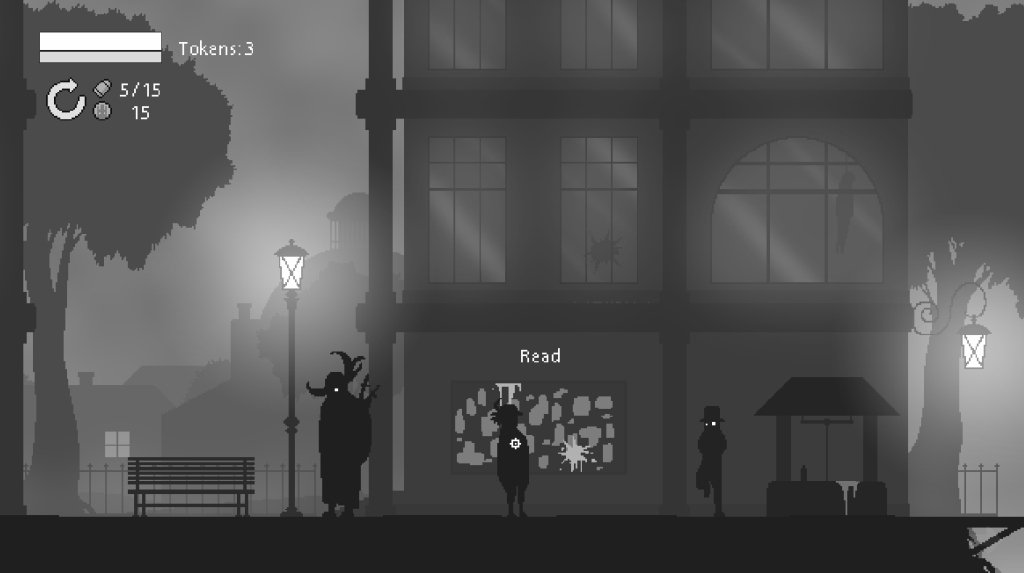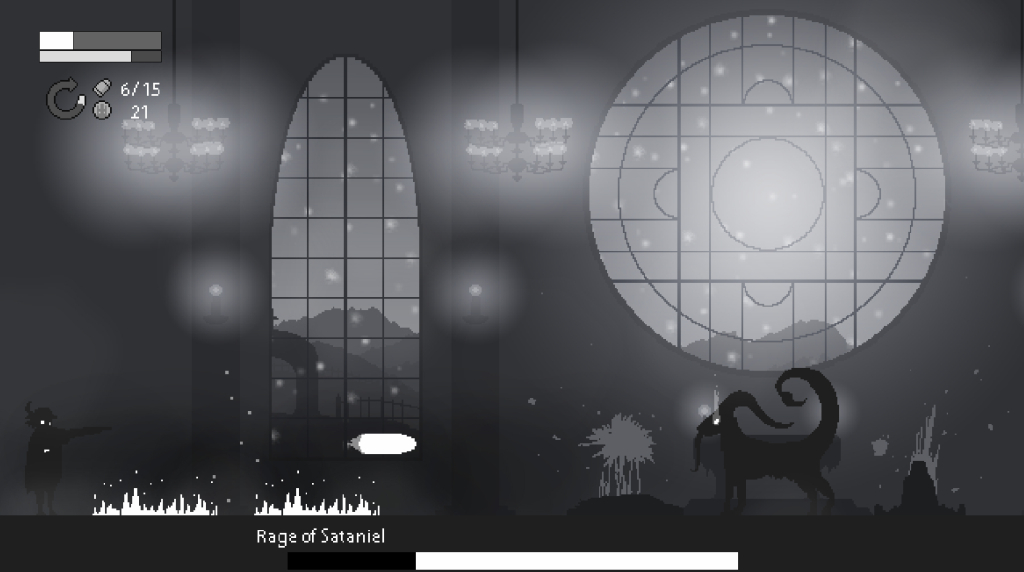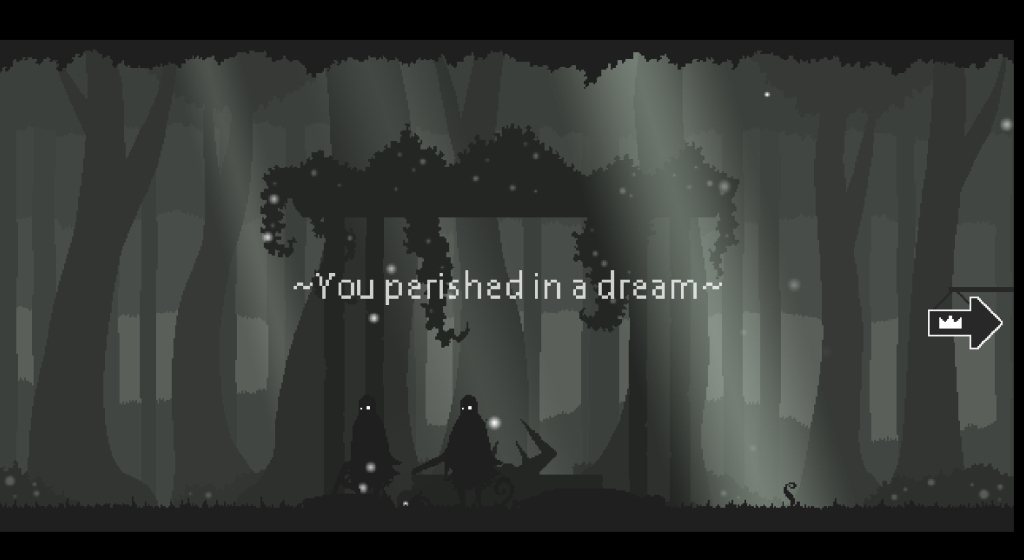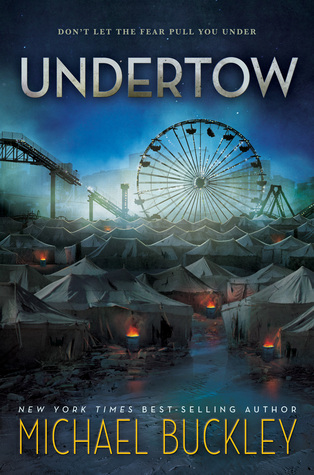
If the name of this 2D action game sounds a bit depressing, well, that’s very prescient of you – Gloom is the journey of a person trapped in a nightmare and trying to fend off the shadowy creatures that live in it. For those who like their games to be a bit more on their side, be warned that the game’s punishing combat doesn’t exactly roll out the welcome mat. However, players who can take a death or two will find an addictive fast-paced brawler with pangs of Dark Souls.
Gloom is immediately eye-catching due to its grim presentation. You control a bowler-hat-wearing shadow man as he runs across numerous foggy environments that span every shade of grey imaginable, trying to fend off beasties seemingly inspired by H.P. Lovecraft. Despite the game’s darkness and relative lack of detail, its backdrops use different shades to cleverly emphasise distance and make its fuzzy pixel-art monsters look even more foreboding. Turn off the lights, sit in a dark room and squint, and you can almost pretend you’re skipping through Narnia as drawn by Tim Burton.
Ambiguity is at the cold, unforgiving heart of everything in Gloom, from its one-colour characters to its mysterious lore. Bits of its story are scattered across the descriptions of stat-increasing items you pick up, all of which are stored in an in-game archive called the Necronomicon . Narratively, the Dark Souls‘ influence is more than a passing one – the few characters you meet only provide small hints as to what’s going on, with some just mocking you for even trying to survive. But while the details of this murky world aren’t entirely clear, the game draws in dedicated players with its mix of swift combat and RPG elements, both of which are much deeper than they initially seem.

Once you’ve left the starting area (which serves as the game’s dumping ground when you inevitably die) you discover Gloom has no qualms about throwing you in at the deep end. With no tutorials, its up to you to learn how to run, dodge or parry enemy attacks, and hit back using your melee or ranged weapon. While getting your bearings, you’ll also need to study the abilities of the shadow monsters hunting you down. They might look a bit like they’ve been taken from gaming’s scary monster catalogue, but their variations in size and attacks means you feel under constant threat, as well as makes it easier to learn their telegraphed attacks. Each section of the game is procedurally generated, meaning there’s no way if the next screen will have one slightly miffed shadow grunt or a pack of rabid dogs. It’s tense not knowing what’s in store, particularly when your health bar is on its knees begging for relief.
Along the way, you’ll randomly enter rooms with items and weapons in them, and occasionally come across friendly shopkeepers with wares and upgrades to sell. Items bolster your stats, which affect health, stamina and your effectiveness with certain weapons. However, with no way of knowing what items do until they’re picked up, you’ll often have to gamble on items to learn their purpose for future runs. Do you spew money on a random item, or switch your standard blade for a slow-swinging longsword? Whatever you pick, that item’s stat bonuses are filed away in the archive for the next play-through when you eventually get eviscerated by one of the game’s big bosses.

It’s here that you could accuse Gloom of being a bit arbitrary and anti-player, attempting to pad out its play-time by deliberately being coy about what its items do. But in reality, I found this je ne sais quoi aspect to be the game’s most interesting mechanic. Gloom wants you to fill your own plate, rather than hand everything to you on it, and as long as you have the time to spare that element of discovery is engrossing. I’d feel a bit annoyed when a big boss jumped on my head for the fifteenth time, but that run might have taught me that I’m pretty good with the axe, and that I need to grab that weird ring power-up as soon as possible. The player is using the knowledge they’ve acquired to best Gloom’s many challenges, which makes the payoff that much sweeter at the end.
Contrary to its name, I really enjoyed Gloom – it’s a game with binoculars pointed squarely at Dark Souls and Bloodborne, but its accessibility compared to those titles makes it just as compelling and, if anything, even more replayable. It still might be a bit wearing for the casual player, but in an age where gamers are cutting their teeth on rock-hard challenges, Gloom definitely deserves a look.
Advertisements Share this:




